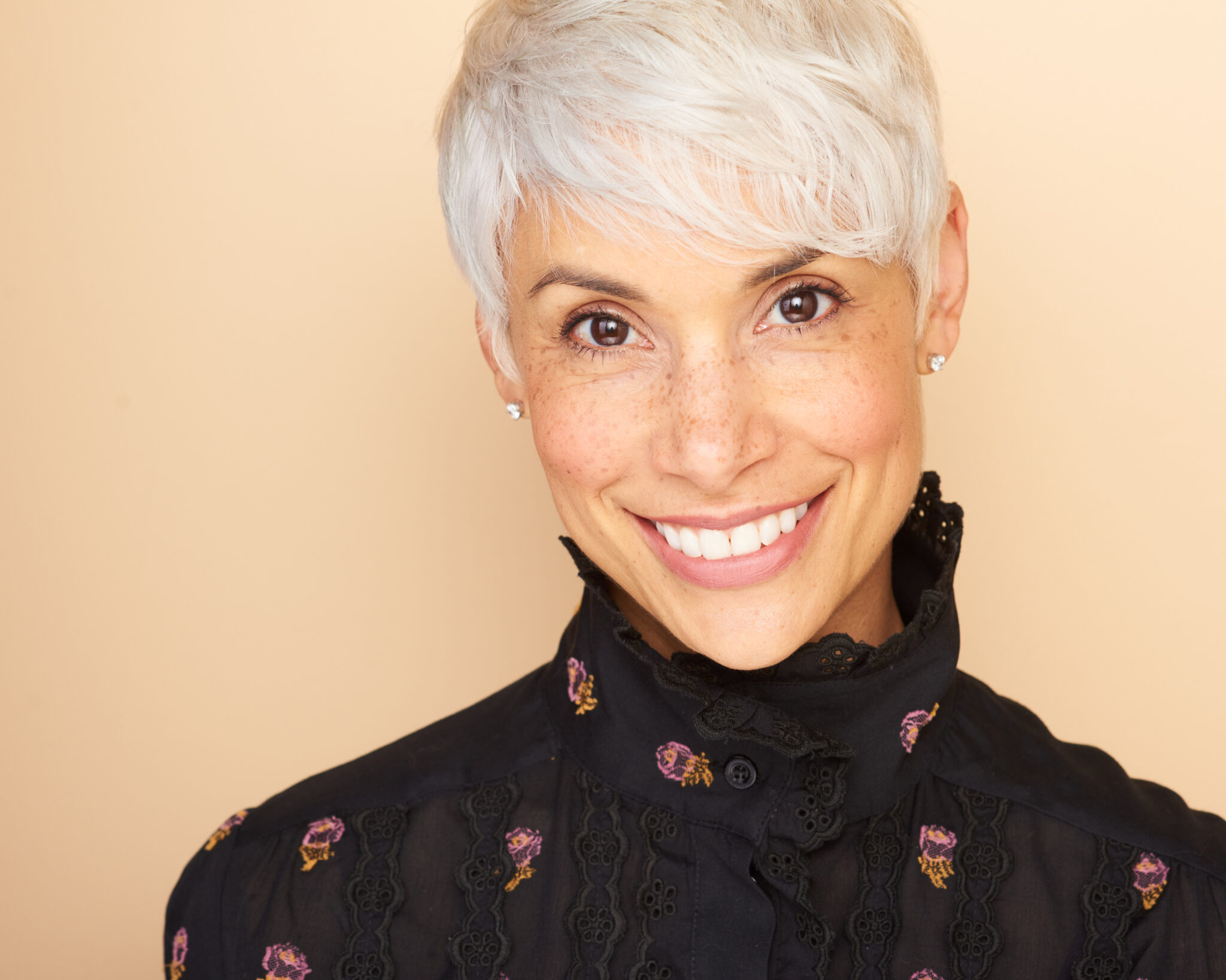We’re in a watershed moment as a nation. Pain and anger over instances of police brutality, the subsequent protests for racial justice, and racial disparities laid bare by the pandemic have moved awareness of the impact of systemic bias into the mainstream.
And it’s placed us, as People Ops specialists, into a new role. Concerns about addressing systemic bias in our companies is now coming from employees and leadership with heightened urgency and energy. The need to “do something” or “fix it” means the ball is in our court.
But it sure doesn’t mean we feel prepared to take this on or that we know where biases may influence our people systems and processes.
The First Steps
So, where do you start? What do you do if you could build a comp strategy or a recruitment plan with your eyes closed but you’ve never worked on diversity, equity, inclusion, and belonging? (What if you just found out equity and belonging had been added to the mix when you read this post??)
What if you’re a person of color and you’re experiencing the relief of recognition, the emotional exhaustion of being “Explainer-in-Chief”, and a deeply personal need to act? What if you’re white and this feels simultaneously important, new, scary and more than a little bit of a minefield?
It’s OK. We’re all drinking from a firehose on this.
Be transparent about what you know and what you’re learning. It always feels safer to be the expert but owning what you don’t know and your commitment to learning builds trust and connection with your partners in the work.
How do you prepare yourself to look for systemic bias in your people systems?
To begin, lean into the idea that you’re going to make mistakes, you will find (and possibly say) things that will make you cringe during this process. You and I both know, as much as we want your company to be the exception, you are going to find bias once you start to look. There may even be bias in systems you designed. You are not going to feel good about this. Use that feeling to motivate your commitment to make it right for every person in your organization.
How An Audit Takes Shape
Next, let’s get on the same page about how and where to measure diversity and inclusion in your company. I’ll paraphrase the elegant definitions from Dolly Chugh at NYU:
Diversity is about the gateways in your company. Those data-based moments when you make a decision about who to hire, who to promote, and how much to pay them.
Inclusion is about the pathways in your company. Those informal moments where the outcome of your decisions unfold. Does the hiring manager ensure the young, Asian woman who’s joined his team feels encouraged to contribute at her first meeting? How does that moment, and the ones that follow, influence whether or not she decides to stay and has opportunities to grow?
When you think about diversity as gateways you can measure through your data and inclusion as pathways you can assess through employee interviews to learn about their lived experience at your company, you begin to see how an audit of your people systems and processes takes shape.
Use your deep expertise to review the decisions your company has made about who you’ve hired and promoted and how you’ve paid them.
How equitable have those decisions been for the different demographic groups represented at your company? Is there data to indicate that men receive higher starting salaries than women? Do Latinx employees get promoted more slowly than their white colleagues? Have you hired black employees at a rate that is proportional to their representation in the professional fields your company utilizes?
When you’re auditing diversity (i.e., gateways) you’ve found signs of systemic bias if you uncover inequitable outcomes across demographic groups in your data.
With this diversity data in hand, you’re ready to move on to auditing inclusion—those pathways where people receive those formal and informal signs that they do…or don’t…belong. This is where you build a safe environment to explore your employees’ experiences with mentoring, project assignments, development opportunities, managerial relationships, team communication, and their overall sense of visibility and value.
To create a safe space in this phase of the audit, take firm hold of the idea that you are there to listen and to learn. You are not there to challenge, to defend, or to question their perception of reality. And if you’re not sure you can do that then find someone who can to lead the interviews.
The Critical Decisions
Before you begin the audit make two decisions with your company’s leadership team.
First, are you committed to making the changes needed to address the issues you’ll uncover in this audit?
If you are then great, get to it! This audit will ensure your employees are treated fairly and can do their best work for your company.
If you and your leadership team aren’t ready to make that commitment, do not do the audit. You can’t push issues back under the rug once they are uncovered. And asking employees to share their painful experiences with bias and then doing nothing about it fosters justifiable resentment and disengagement.
It’s alright if you’re not ready. Take a few steps back to determine what you need to do to get ready.
The second thing you and your leadership team need to decide in advance of an audit is how to acknowledge and learn from your mistakes. If you discover, for example, that a leader has a pattern of unconscious bias in her organization, “cancellation” is not the answer. Like ANY other issue that arises, she needs to own it, communicate the solution clearly, and ensure it is resolved.
What I’m pushing you to think through with these decisions, is the commitment to careful exploration and resolution that are critical to a successful audit. You are delving into fundamental questions of fairness. You are bringing to light your employees’ pain. You are making a promise to them that your company will do better and, as a result, be better by solving the issues you find.
A diversity and inclusion audit is not something you take on lightly or wrap up in a week or two. But it’s one of the most effective ways to uncover and address systemic bias. It will clarify the issues you face and lay out a roadmap to help you move forward.
Guest post by: Camille Henderson Davis
As an interracial woman with a PhD in the history of race in America, Camille Henderson Davis brings a unique lens to diversity and inclusion. Since 2000, she has contributed to the evolution of organizational cultures that wish to seek out, develop, and retain exceptional people of all backgrounds and become better companies as a result.















